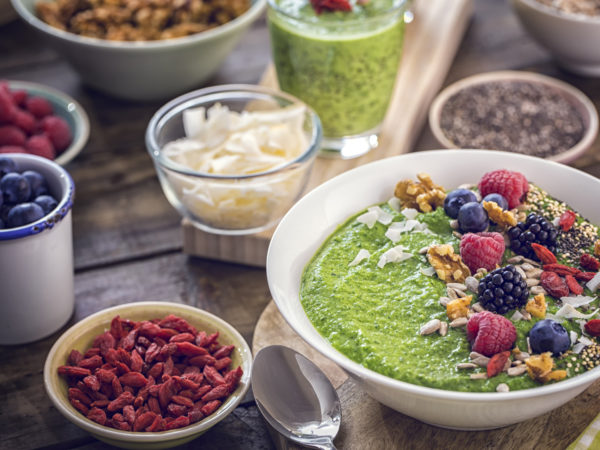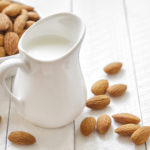Chlorophyll For Antioxidants?
I have been told that liquid chlorophyll, taken twice a day with water, is an excellent source of antioxidants. True?
Andrew Weil, M.D. | August 26, 2005

Chlorophyll is the pigment that gives plants their green color and also mediates photosynthesis. It’s very important to plants but has no role in human nutrition, except possibly as a source of magnesium. The main antioxidants in fruits and vegetables are the water-soluble anthocyanins, responsible for purple and red colors, and the fat-soluble carotenoids, that give oranges, yellows, and reds. Green vegetables, full of chlorophyll, are good for us. They have many protective phytonutrients, but their benefits are not due to chlorophyll.
Other chlorophyll-containing products promoted as miracle supplements include spirulina and chlorella, two varieties of freshwater algae that are cultivated for nutritional use, dried and sold as dark green powders or tablets. They’re typically very expensive, but there is little to no research supporting the health claims made for them, and a question remains about the possibility of algae-derived supplements containing a toxic amino acid known as BMAA. A similar lack of proven efficacy also hold true for alfalfa, barley grass, and wheat grass. Barley grass and wheat grass are young shoots of sprouted grains. Alfalfa is a legume, usually grown to feed animals. Although all are good sources of chlorophyll, there is no compelling science to support the claims made for these products, and alfalfa contains natural toxins that may harm the immune system.
Your best bet for obtaining protective antioxidants is to include lots of fresh fruits and vegetables in your daily diet. The best food sources of antioxidants include berries, cherries, red grapes and red cabbage, yellow and orange fruits and vegetables, dark, leafy greens and green tea and dark chocolate.
Andrew Weil, M.D.









